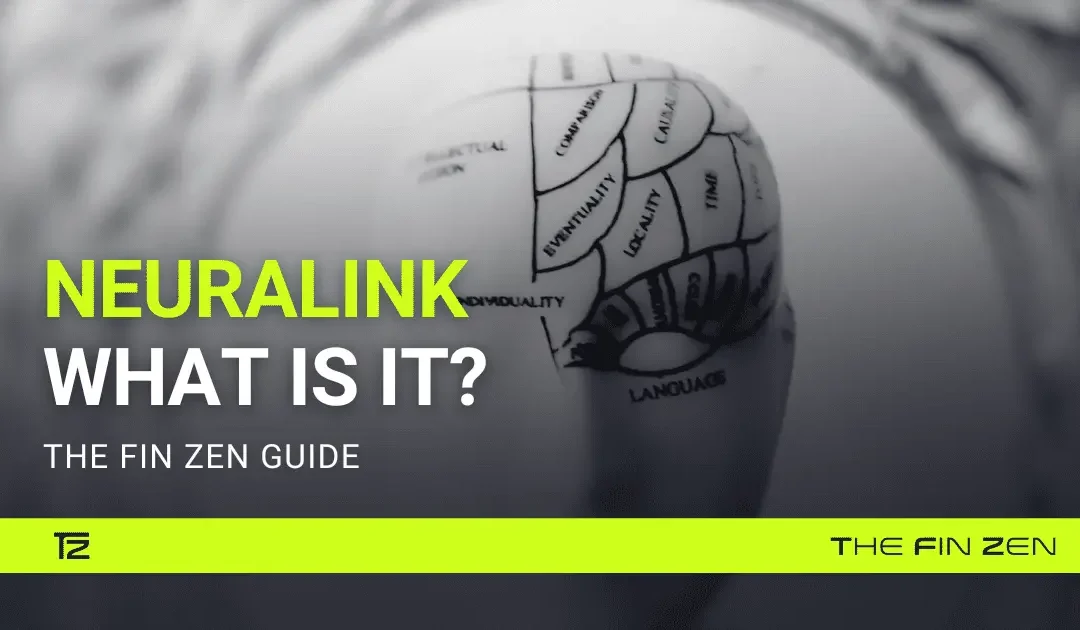The eighth wonder of the world is how Albert Einstein defined compound interest, a magical tool that investors love. Warren Buffett even claims that his wealth comes from a combination of 3 factors: living in America, having some lucky genes, and taking advantage of compound interest. In short, this mechanism really seems to be the Holy Grail of finance, but why is it so important, and how does it work?
Understanding How Compound Interest Works: Theory and Fundamental Principles
Let’s start from the basics: What is compound interest, and how does it work?
Compound interest is the interest on a loan or deposit calculated based on both the initial principal and the accumulated interest from previous periods. This means that interest is earned on both the original amount and on the interest that has been added to it, leading to exponential growth over time. Compound interest can be compared to throwing a snowball down a hill. Imagine taking a handful of snow and forming a ball. As you start rolling it down the hill, the snow on the ball will merge with the snow on the ground, making the ball bigger and bigger. As the snowball grows, the surface attracts greater and greater amounts of snow and continues to increase in size, weight, and, therefore, speed exponentially.
Likewise, when investing a sum of money, it can be compared to a small snowball. As time passes, your savings begin to earn interest that adds to your initial principal, just like the snow on the ground that sticks to the initial ball. The interest earned is reinvested, helping to further grow the capital on which the interest is calculated, like the snowball that accumulates more and more snow and uses it to collect more snow as it rolls down the mountain.
The further the ball rolls, the bigger and faster it becomes. Likewise, over time, the effect of compound interest amplifies. In the end, you have a giant snowball representing your wealth accumulated through compound interest. The only difference is that sooner or later, the ball stops rolling; the invested capital does not stop its process until the investor decides.
Practical Example: Compound Interest at Opera
Well, after using the most classic of analogies, let’s do a practical example using numbers. You can also use a compound calculator tool to automatically calculate it.
Let’s say you invest $1,000 in a government bond with 5% interest. Applying simple interest, assuming a five-year maturity, we will receive $50 each year, for a total of $250. Using compound interest instead, after the first year, you receive an interest payment of $50, but instead of receiving it in cash, you reinvest the interest earned in the same bond at the same 5% rate. For the second year, your interest would be calculated on an investment of $1,050, which amounts to $52.50. If you reinvest it, your third year’s interest will be calculated on a balance of $1,102.50 and so on until maturity, receiving interest totaling $276.28.
How is Compound Interest Calculated?
The factors that influence compound interest are:
- Frequency: The frequency of compounding, or the number of times per year that interest payments are distributed, affects compound interest. Interest is often compounded on an annual, semi-annual, quarterly, or monthly basis but can also be compounded on a daily or even continuous basis. In general, the more frequently interest is paid, the greater the future value of your money.
- Interest Rate: Interest rates can have a considerable effect. Higher interest rates will contribute more to the value of an investment than lower rates. Even a few points of difference have a significant impact on the final result in the long term.
- Time: Compound interest has a greater impact on investments with longer time frames than shorter ones.
Compound interest is calculated by applying an exponential growth factor to the interest rate or rate of return you are using. There are plenty of great calculators that will do the math for you, but below is a mathematical formula you could use to calculate compound interest over a given period:
A = P (1 + r/n)^nt
In the formula, ‘A’ is the future value, ‘P’ is the principal, ‘r’ is the interest rate (divided by 100), ‘n’ is the annual disbursement frequency, and ‘t’ is the calculated time in years.
Maximizing Earnings with Compound Interest: Higher Frequencies
In the previous example, we used annual compounding, which means interest is calculated once a year. In practice, compound interest is often calculated more frequently. For example, your savings account may calculate interest monthly. Common compounding intervals are quarterly, monthly, and daily, but many other possible intervals can be used. The frequency of compounding makes a difference. All other factors being equal, more frequent capitalization leads to faster growth.
As a basic example, let’s say you’re investing $20,000 at 5% compound interest quarterly for 20 years. In this case, “n” would be four since quarterly compounding occurs four times a year. Based on this information, if you want to calculate compound interest for a different time period, you can change the values of n and t accordingly. For example, let’s see the formula that allows you to calculate the return on an investment by compounding the interest every quarter:
Since a year consists of four quarters, the interest rate will be one-quarter of the annual rate, and the time period will be four times the specified duration in years. Accordingly, the quarterly interest amount is calculated as follows:
A = P (1 + r / 4)^4.
Compound interest rates accelerate money growth. This allows the amount of money to grow at a faster rate than simple interest because the individual receives a return on the same capital she has invested and a return at the end of each compounding period. Of course, capitalizing every minute is not that efficient because there are often fees to pay, and the interest earned would be negligible.
As you might imagine, the power of compound interest is seen over large time periods. In fact, before it manifests itself there is this transition period in which the effects are not very tangible, it is the tunnel that every investor must go through to achieve the much desired effect of compound interest. The process is long and tedious and will approximately take at least 10 years, investing the capital at high rates. Abandoning the trip before exiting the tunnel will prevent you from enjoying the best time. Not surprisingly, Warren Buffet accumulated most of his wealth after turning 50!

Compound Interest to Minimize the Tax Impact
The strength of interest capitalization is also attributed to another important factor: taxation. By not receiving interest but accumulating it on the capital, I will not pay the tax required by law on financial earnings, and this will form part of the invested capital on which future interest will accrue. At the end of the investment period we will still have to pay the tax but it is a bit as if we were borrowing the money that we would have to give to the state to invest it, and then returning it once we decide not to continue with the composition.
A small satisfaction towards our increasingly suffocating taxes!
Compound Profit VS Compound Interest
You may hear the terms compound interest and compound profit used interchangeably, especially when talking about investment returns. However, there is a subtle difference. Specifically, compound earnings refer to the compound effects of both interest and dividend payments, as well as the appreciation in the value of the investment itself. In other words, it’s more of an “all in one” term to describe investment returns that aren’t entirely interesting.
For example, if a stock investment paid you a 4% dividend yield and the stock itself increased in value by 5%, you would have a total gain of 9% for the year. When these dividends and price gains accumulate over time, they are a form of compound earnings and not interest, as not all earnings come from payments to you.
The Rule of 72 in Compound Interest
In finance, the “Rule of 72” is a quick and effective way to estimate how long it will take for a compound interest investment to double in value. However, like all times, it does not offer an accurate book value. In fact, for “continuous” compound interest (where the interest is added to the capital that produced it at every instant without a defined time), the so-called “rule of 69” is preferred, which is more exact. However, due to its intuitiveness and simple divisibility, 72 represents an excellent method for estimating the doubling time of an investment.
In fact, it is enough to divide the number 72 by the interest percentage of our investment, expressed as a whole number, to obtain a good approximation of the number of years needed to double the capital. That is, in the case of a 5% investment, you will have 72/5 = 14.4 years. This adjustment can also be used to estimate the annual interest rate necessary to double a sum of money in a given number of years; in this case, the years must be inserted in the denominator.
Conclusions: Compound Interest as a Fundamental Financial Ally
At The Fin Zen, we believe that compound interest is a phenomenal tool of astronomical power. However, not everyone is able to wait patiently to emerge from the tunnel and reap its fruits. This is why it is good that this tool is taught to younger people and that they start investing their savings from an early age. Remember that money doesn’t fall from the sky. Investing requires time, patience, and the right mental attitude because important results require the right time horizon.












